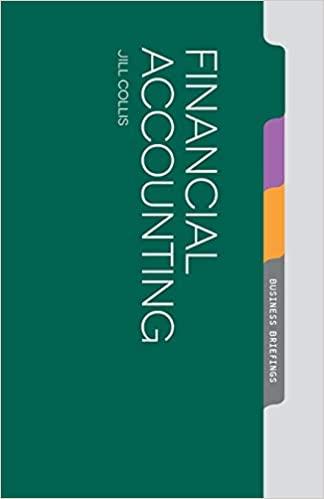Answered step by step
Verified Expert Solution
Question
1 Approved Answer
Q 3 ) A marine operator presently offers service between ports A and B , 6 , 0 0 0 miles apart, utilizing a single
Q A marine operator presently offers service between ports A and B miles apart,
utilizing a single ship. At an equivalent land speed miles per hour, the total sailing time
for a oneway voyage is hours or days. The average time spend loading or unloading
cargo in either port is two days, so the average oneway trip time for the ocean voyage for a
cargo is days. The round roundtrip time is thus days. Far a working year
of days, the effective frequency is round trips per year. The ship's capacity
is tons of cargo; the rate presently charged is $ per ton. The average cost of a one
way trip is $ per voyage, or $ per ton of available capacity.
The operator estimates that the demand function in this market is
Where
roundtrip volume in tons per year
market size factor
oneway trip time
frequency in round trips per year
freight rate in dollars per ton
parameters
His estimates of the parameters are and
The average volume per voyage is tons.
a Are his estimates of the parameters consistent with this volume? What fraction of available
capacity is utilized per voyage? What is his gross revenue receipts from rates paid total cost
and net revenue gross revenue less total cost per voyage?
b The operator is considering replacing the present ship with a newer vessel, which would
have a speed of miles per hour, thus cutting the oneway sailing time to days. The
cost per voyage of this newer, faster ship would be $ per oneway trip. The capacity
and loadingunloading times would be the same. Would this ship be more attractive to the
operator: i if frequency and rate remained the same? ii if the frequency were increased to
take advantage of the increased speed but the rate remained the same? iii if the frequency
were increased and the rate increased to $ per ton? Summarize and discuss your results:
What consequences can a change in vehicle speed have? Discuss the significance of the
parameters and
c After doing the analysis, operator suddenly realizes that he has ignored a fundamental
principle: the time that will influence shipper's decisions that is the demand function should
be the total doortodoor time, not just the trip time on the ocean leg. He estimates that an
average shipment spends about six days in the land portion of the trip, for a total travel time
of days. How might this affect his estimates? Discuss qualitatively.

Step by Step Solution
There are 3 Steps involved in it
Step: 1

Get Instant Access to Expert-Tailored Solutions
See step-by-step solutions with expert insights and AI powered tools for academic success
Step: 2

Step: 3

Ace Your Homework with AI
Get the answers you need in no time with our AI-driven, step-by-step assistance
Get Started


